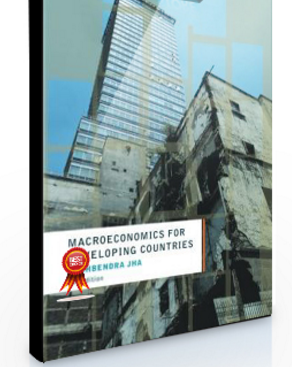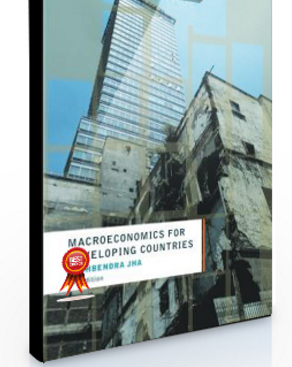Macroeconomics for Developing Countries (2nd Ed.) by Raghbendra Jha
$25.00

Macroeconomics for Developing Countries (2nd Ed.) by Raghbendra Jha
Get Macroeconomics for Developing Countries (2nd Ed.) at Salaedu.com
Forex Trading – Foreign Exchange Course
You want to learn about Forex?
Foreign exchange, or forex, is the conversion of one country’s currency into another.
In a free economy, a country’s currency is valued according to the laws of supply and demand.
In other words, a currency’s value can be pegged to another country’s currency, such as the U.S. dollar, or even to a basket of currencies.
A country’s currency value may also be set by the country’s government.
However, most countries float their currencies freely against those of other countries, which keeps them in constant fluctuation.
Description:
This comprehensively revised and updated edition develops the themes contained in the first edition. Students and teachers who are familiar with the book will notice that half of the chapters are entirely new, with the other half having changed significantly to take into account the changes that have occurred in the global economy since the turn of the millennium. With questions for discussion and excellent use of case studies, the book covers such themes as: *standard closed and open macroeconomic models *a full evaluation of the post-Washington consensus model *IMF stabilization programs and their effects on developing economies *the pressing problems of indebtedness *financial sector reforms in developing countries This informative, accessible and lucid textbook is the ideal accompaniment for students of development economics and it will prove popular with lecturers and academics alike. Preface to the second edition, Preface to the fist edition Part I: The Basic Macroeconomic Framework 1. Macroeconomic problems of developing countries 2. National accounts and the macroeconomy 3. The basic IS-LM-AS model in the closed economy 4. The process of money creation and the demand for money 5. Macroeconomic policy in an open economy 6. Current account and asset demand approaches to balance of payments Part 2: Macroeconomic Models of Developing Countries 7. IMF type macro models for developing countries 8. A structuralist macros model for developing countries 9. Dualistic models of output and inflation in developing countries 10. Growth, theory and developing country macroeconomics Part 3: Policy Dilemmas faced by Developing Countries 11. An evaluation of the IMF programs in developing countries 12. Macroeconomic dimensions of fiscal policy in developing countries 13. The inflation rate and seignorage 14. The problem of indebtedness of HIPC countries 15. The exchange rate issues in developing countries Part 4: Issues in Developing Country Macroeconomics 16. Financial market liberalization and economic growth in developing countries 17. The international financial architecture and developing countries 18. A final word, Bibliography, Name index, Subject Index Printed Pages: 448
Get Macroeconomics for Developing Countries (2nd Ed.) by Raghbendra Jha at Salaedu.com
1 review for Macroeconomics for Developing Countries (2nd Ed.) by Raghbendra Jha
Add a review Cancel reply
Related products
Forex - Trading & Investment
Pristine – Paul Lange – Creating & Using a Trading Plan + Seven Steps to a Good Trade
Forex - Trading & Investment
Nick Van Nice & John Sheely – Master CTS Swing Trading (Video & Manual)
Forex - Trading & Investment
Pristine – Oliver Velez & Greg Capra – Trading the Pristine Method. The Refresher Course – I & II










Trevis Trevis –
We create this shop with the mission: Bring the courses to 500 millions of people in the world, to help them awake their power and change their